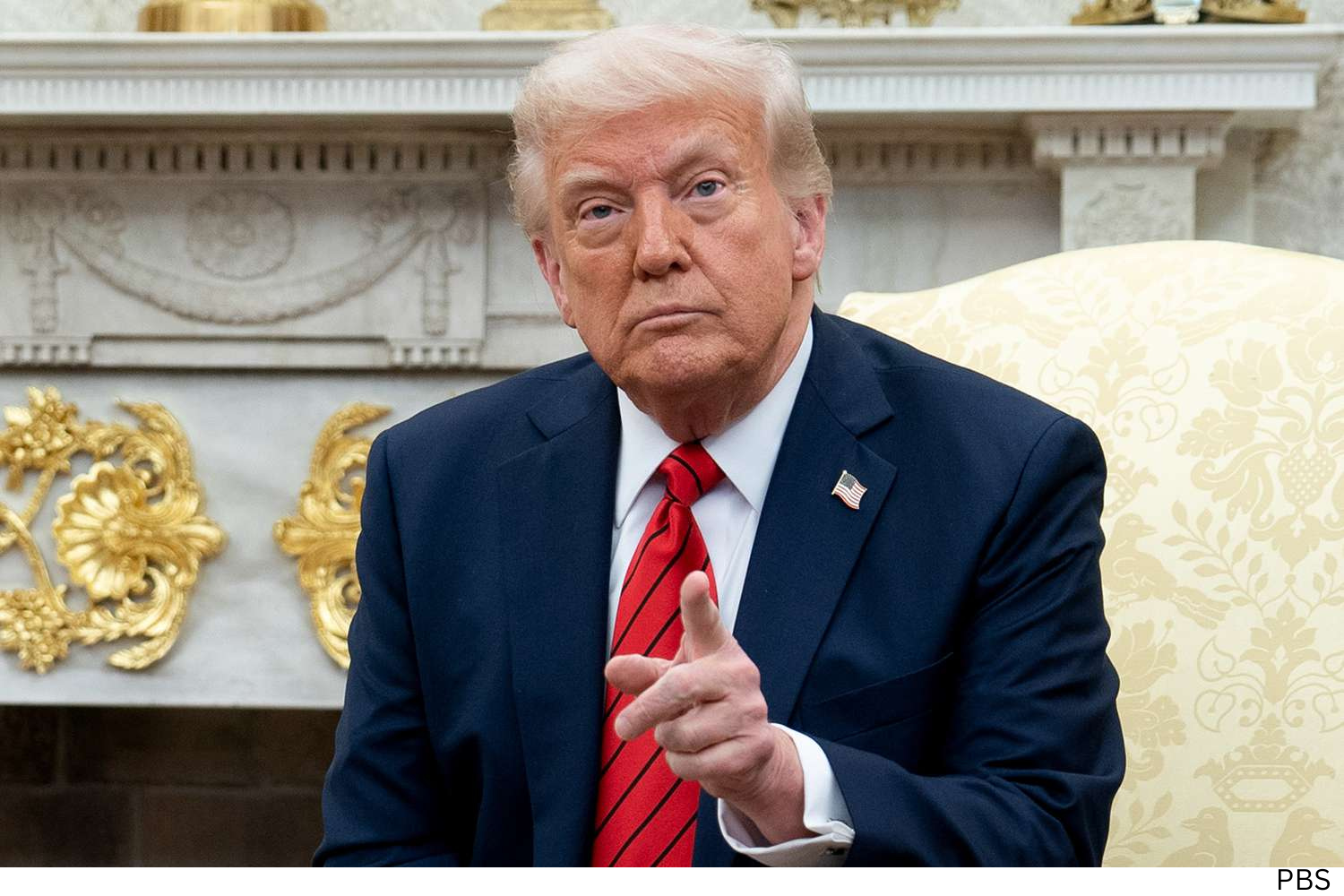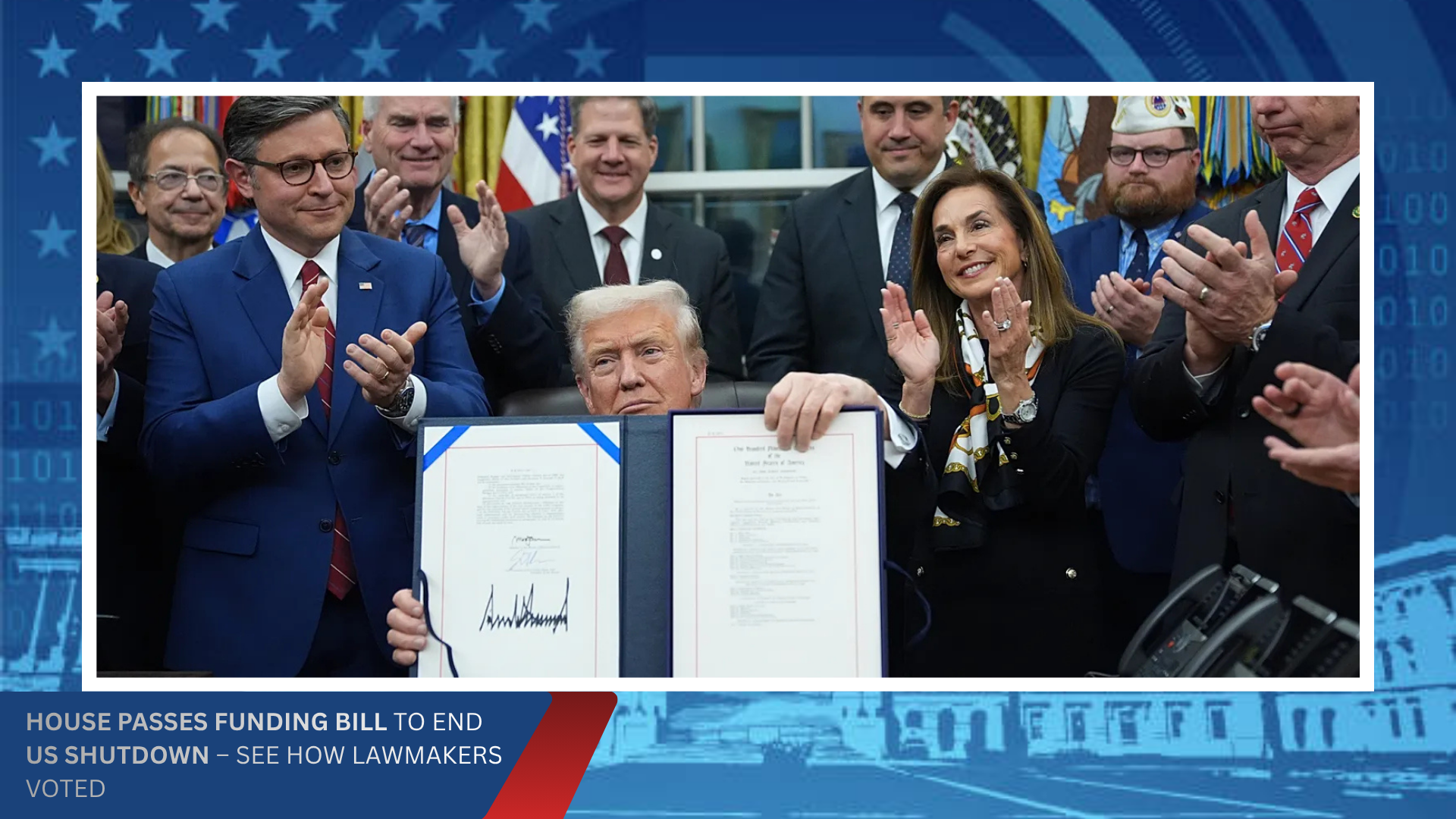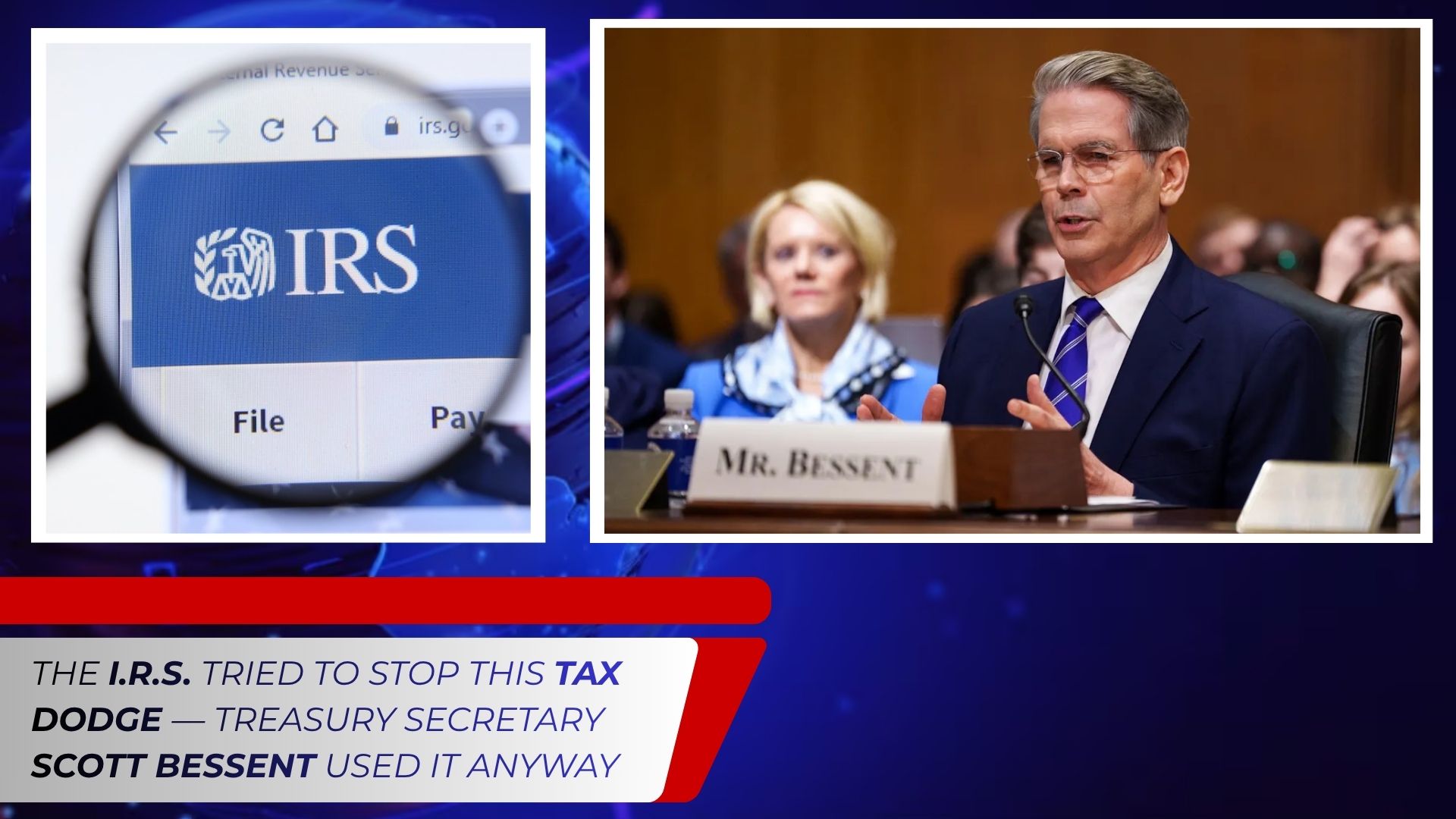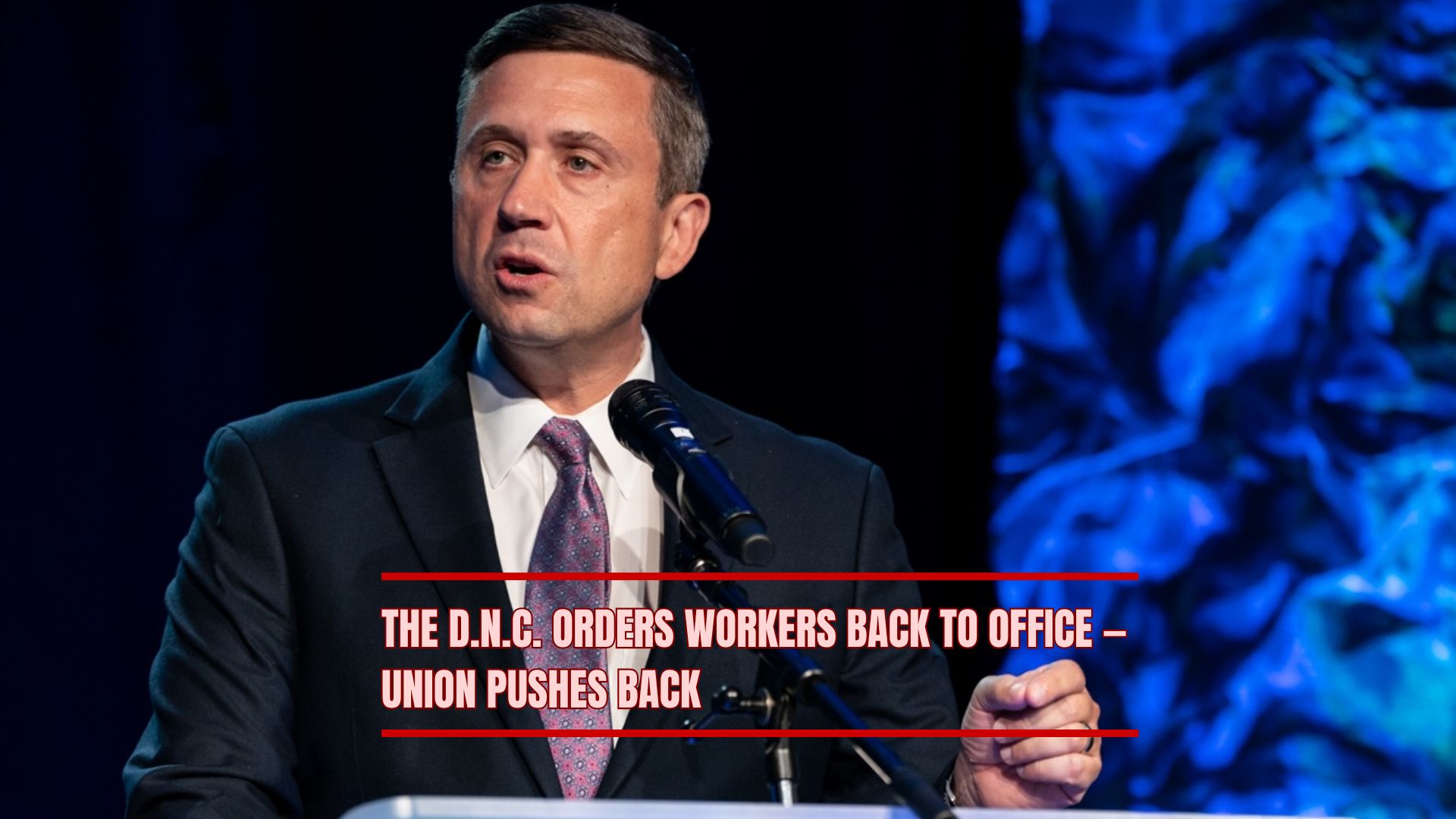Construction crews have begun work on one of the most ambitious and controversial presidential building projects in recent history: a $250 million ballroom being added to the White House.
The massive addition, pushed forward by President Donald Trump, involves tearing down part of the East Wing façade to make space for a 90,000-square-foot ballroom that will nearly double the size of the main White House structure. Trump has said the new venue — which he claims will host 999 guests — will be entirely funded by private donations, not taxpayer money.
“It won’t interfere with the current building,” Trump said. “It will be near it but not touching it — and pays total respect to the existing White House, which I’m the biggest fan of.”
Here are nine key things to know about Trump’s multimillion-dollar expansion of the nation’s most historic residence.
1. Why Trump Wants a Ballroom
President Trump has long complained that the White House lacks a proper space for large-scale events. The East Room, currently the largest indoor venue in the building, accommodates roughly 200 guests — far fewer than Trump’s preferred audience sizes for state dinners, receptions, and political galas.
In the past, presidents have resorted to using tents on the South Lawn for grand occasions, something Trump reportedly found inelegant. The new ballroom, he argues, will give the White House a permanent and “world-class” space for official functions without relying on temporary structures.
2. Who’s Paying for It?
Trump insists that no public money will be used for the project. The ballroom, according to him, is being funded entirely through private donations from “generous Patriots, Great American Companies, and yours truly.”
The White House has yet to release a full list of donors, though it promised transparency once contributions are finalized. Some of the donors were reportedly invited to a dinner in the East Room last week to celebrate the start of construction.
Among the confirmed contributions: YouTube, a subsidiary of Google, reportedly provided $22 million as part of a legal settlement stemming from a 2021 lawsuit Trump filed against the company.
The administration has not clarified how much of his own money Trump is investing, but aides say the funding drive has already exceeded the halfway mark.
3. Why the East Wing Is Being Torn Down
The East Wing, traditionally home to the First Lady’s offices and social staff, is being partially demolished to make way for the new construction. The White House says the wing will be modernized and integrated into the larger project, allowing for upgraded infrastructure and new guest facilities.
Located across from the Treasury Department, the East Wing also serves as the entry point for most visitors to the White House. The administration insists that the main structure of the mansion will remain intact, and that “the new addition will respect the original architectural character” of the property.
Photographs from October 21, 2025, show heavy equipment removing portions of the East Wing façade, signaling the project’s first major phase.
4. Legal Questions and Planning Commission Dispute
Despite the scale of the project, construction began without formal approval from the National Capital Planning Commission (NCPC) — the federal agency responsible for overseeing major renovations in the Washington, D.C., area.
Trump recently appointed Will Scharf, a senior White House aide and political ally, to lead the commission. Scharf has argued that the NCPC’s jurisdiction applies only to rebuilding, not demolition, allowing initial work to proceed.
Critics have questioned whether this interpretation violates long-standing planning rules, while supporters say Trump is streamlining bureaucracy to push forward projects faster.
5. What Happens to the East Room?
The East Room will not disappear but will be repurposed as a pre-function area for the new ballroom. According to Trump’s description, guests will gather, sip cocktails, and mingle in the East Room before being ushered into the ballroom for dinner and dancing.
Plans also call for removing some of the East Room’s windows to create a direct passageway between the two spaces — a move that preservationists say could alter the historic character of the room.
6. What the Ballroom Will Look Like
Early renderings released by the White House reveal a design reminiscent of Trump’s Mar-a-Lago ballroom in Palm Beach, Florida. The new space features gold accents, chandeliers, marble floors, and mirrored walls, reflecting the opulent aesthetic Trump has championed throughout his career.
The ballroom will reportedly hold up to 999 seated guests and feature bulletproof windows and state-of-the-art security systems. Trump even joked that the space could “host an inauguration if needed,” underscoring its size and symbolic weight.
7. Construction Timeline
The White House says the ballroom will be completed before the end of Trump’s current term in January 2029, calling it an “ambitious but achievable” schedule.
To meet that timeline, construction crews have adopted 24-hour rotating shifts and advanced prefabrication techniques. Architectural experts estimate the project could take three to four years, depending on how much of the East Wing must be reconstructed.
The ballroom is expected to become operational for official events as early as late 2027.
8. Trump’s Track Record of White House Renovations
The ballroom is only the latest in a series of aesthetic and structural changes Trump has made since returning to the White House. His administration has:
- Redecorated the Oval Office, adding portraits, gold trim, and busts of historical figures.
- Transformed the Rose Garden into a stone patio with new landscaping.
- Installed tall flagpoles on both the north and south lawns.
- Added marble floors and renovated the Lincoln Bedroom bathroom in the private quarters.
- Displayed portraits of every U.S. president — except Joe Biden — along one exterior wall.
These updates have been described by supporters as restorations of grandeur, while critics argue they reflect Trump’s personal brand of excess rather than historical preservation.
9. A Long Tradition of White House Alterations
While Trump’s project has drawn controversy, presidential modifications to the White House are nothing new. Nearly every administration has altered or expanded the building in some way:
- Thomas Jefferson added the east and west colonnades.
- Andrew Jackson built the North Portico.
- Theodore Roosevelt created the West Wing, separating office space from living quarters.
- Franklin D. Roosevelt expanded the East Wing, now being partially demolished for Trump’s ballroom.
- Harry Truman famously gutted and rebuilt the entire interior in the late 1940s after structural weaknesses were discovered.
- John F. Kennedy designed the Rose Garden, and Richard Nixon converted FDR’s indoor pool into the press briefing room.
In that historical context, aides argue, Trump’s ballroom “continues the legacy of presidential evolution” — albeit on a far grander scale.
%20(4).png)








